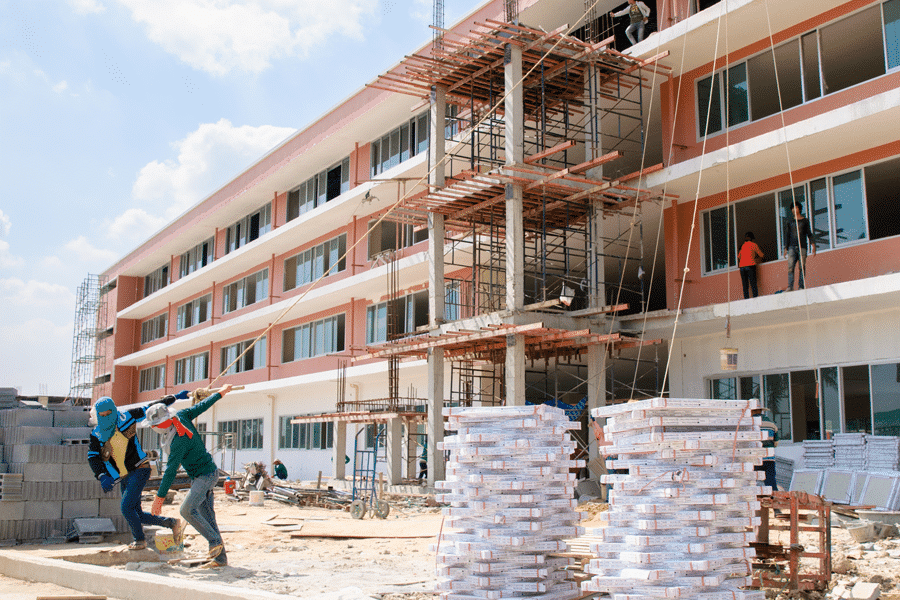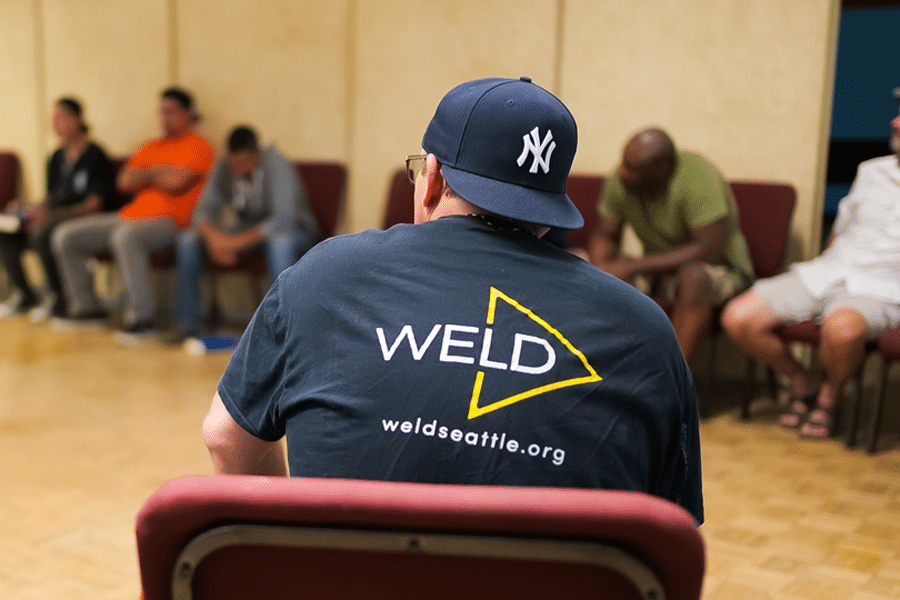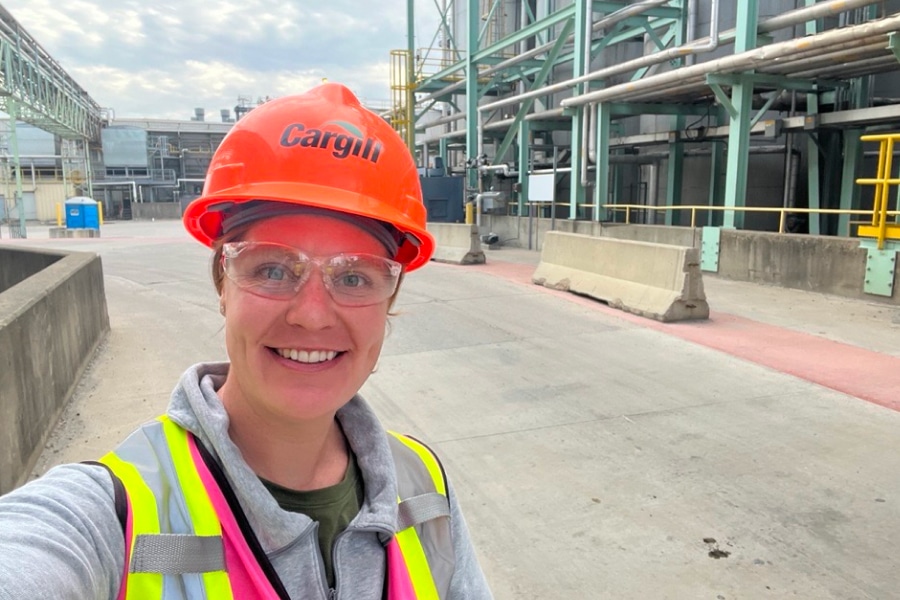Anyone who works in construction knows how good it feels to create a necessary new structure. Whether you build houses, design offices or manage years-long skyscraper projects, bringing a new building to life brings joy to many of us in the construction world.
One nonprofit had the idea to share their construction skills with communities in need, bringing together construction professionals who work pro bono on schools, hospitals and low-income housing around the world. Built spoke to Scott Lewis, executive director of Construction for Change, about its mission to build for a better tomorrow.
Finding personal inspiration
Construction for Change was founded by three young graduates of the University of Washington Construction Management School: Nick Tosti, Elijah Grindstaff and Mike McEvoy. When they talked to a friend who was teaching a school of 400 students in Zambia without classrooms, they knew they could use their newly acquired skills to help out, raising money and hiring contractors to supervise construction.
Lewis became involved with CFC through his family. “My wife is a longtime survivor living with HIV and AIDS,” he said, “and on the 30-year anniversary of her being HIV positive she came up with the idea of raising money to build 30 medical facilities in areas of the world with high HIV rates.” Lewis and his family partnered with Construction for Change to launch what they called the 30/30 Project, a collaboration that eventually led to his joining the board.
Building community
Before long, CFC was building schools, medical facilities, housing and more.
“They just kept going and meeting the needs of these small and medium-sized nonprofit organizations who were needing facilities in order to really do their work well,” Lewis said. “Initially the focus was on relationships, people that the early teams knew who were doing good things in the world.”
There are multiple organizations that CFC partners with over and over again, including Integrated Health, which Lewis said builds “rural and remote clinics, as well as adding operating rooms onto hospitals or housing for people who are coming in from rural areas to get treatment.” These relationships stretch over multiple projects.
Lewis also said the nonprofits CFC works with will often refer them to other organizations needing construction support. “For example, we’ve worked with an organization called Flying Kites in Kenya, and they do a lot of health care and that type of thing,” he said. “They recommended us to another organization called Mercy Without Borders. So it really is through multiple relationships, multiple projects and then through referrals these days.”
The CFC team has partnered with a growing number of organizations to create a variety of structures in a number of countries around the world, as well as in the US. “Obviously there’s huge needs here at home in addition to around the world,” Lewis said.
Drawing on industry support
One of the most important things about the Construction for Change model is the way Lewis and his team leverage long-term connections with professionals throughout the construction industry.
“We’ve got relationships with two of the top three architectural firms in the world, as well as engineering firms, architectural firms, design firms,” he said. “We’ll go to them and say, ‘Here’s this project. You have pro bono or low bono hours that you can apply to this to be able to do all of the renderings and drawings and the construction planning so that it can be built to Western standards.”
The CFC team coordinates all these teams, acting, as Lewis put it, “as an owner’s representative.” He continued: “So we’re helping them to interview general contractors. We’re helping to identify places where they’re going to be able to locally source their materials. We have a project manager who is regularly on site making sure that the general contractor is staying on time and under budget, and we’re providing accountability and leadership.”
When construction begins, CFC keeps it local. “We’re not the general contractor,” Lewis said. “We don’t have a team of construction workers that we deploy around the world. We are really tapping into the local construction world to get these projects done, so it’s helping the local economy.”
Making an impact
When CFC begins a new project, Lewis said that the nonprofit takes time to consider how it can best leverage its skills, resources and connections to help.
“Step one really is first just understanding what the overall goal is,” he said. “So initially, whether it’s with an existing organization that we’ve already worked with or a new organization, we work to determine what their needs are for that particular building. I think that’s a big differentiator for the organizations that we are serving and working with.”
Lewis said the CFC team is passionate about making sure the structures it creates are up to the highest standards—not just slapping a building up as quickly and cheaply as possible and calling it a day. “We come in and we ensure that we are using the proper construction materials that are designed to last for 30 years,” he said.
The result? A big—and lasting—impact for people all around the world. “Right now through all the buildings that we’ve done, our impact is somewhere between 2-3 million people,” he said. “The 30/30 Project medical clinics alone have served well over 1 million people who have gone through those clinics, gotten an HIV test, had babies and received care.” As CFC grows, Lewis said he hopes to “multiply the impact as we’re growing our teams around the world. It is incredible how the individual, smaller projects have led to really scaled impact.”













